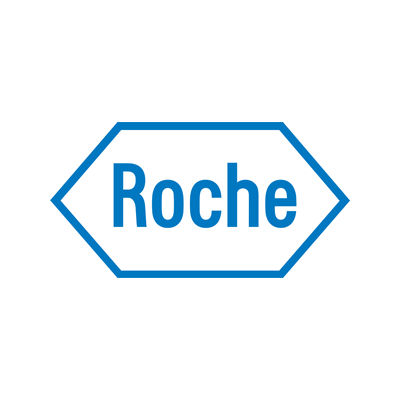OBJECTIVE:p38α, a member of the mitogen-activated protein kinase superfamily, is activated by external stimuli, followed by nuclear translocation for the regulation of inflammatory responses at the transcriptional and translational levels in inflammatory diseases. Thus, activated p38α would be an appropriate target molecule for in vivo noninvasive imaging and targeted radionuclide therapy. For this purpose, we designed a radiobrominated compound, 6-(4-[77Br]bromo-2-fluorophenoxy)-8-methyl-2-(tetrahydro-2H-pyran-4-ylamino)-pyrido[2,3-d]pyrimidin-7(8H)-one ([77Br]4-BR), based on a potent p38α selective inhibitor, R1487, for use with single-photon emission computed tomography. We synthesized [77Br]4-BR and evaluated its effectiveness as an activated p38α imaging probe compared with our previous radioiodinated probe (6-(2-fluoro-4-[125I]iodophenoxy)-8-methyl-2-(tetrahydro-2H-pyran-4-ylamino)-pyrido[2,3-d]pyrimidin-7(8H)-one ([125I]4-IR)) in a mouse inflammatory model.
METHODS:We designed [77Br]4-BR by replacing the radioiodine of [125I]4-IR or the fluorine of R1487 with radiobromine at the 4-position of the phenoxy ring. We synthesized 4-BR via a four-step process. The inhibitory potency of 4-BR was measured using an ADP-Glo™ kinase assay system. Radiosynthesis of [77Br]4-BR was performed via an organotin-radiobromine exchange reaction using the corresponding tributyltin precursor. Radioactivity biodistribution was evaluated in normal ddY mice and turpentine oil-induced inflammation model mice for 120 min after intravenous administration of [77Br]4-BR. The temporal changes in radioactivity in blood fractions were compared between [77Br]4-BR and [125I]4-IR.
RESULTS:4-BR was synthesized at a total yield of 9.1% and showed a p38α inhibitory potency similar to that of 4-IR. [77Br]4-BR was successfully obtained from a tributyltin precursor with high radiochemical yield (89.9%), purity (95.9%), and molar activity (2.0 TBq/µmol). [77Br]4-BR showed accumulation of high radioactivity in the inflamed tissue (3.4% ± 0.9% ID/g, peaking at 15 min), rapid delivery throughout the body, and rapid blood clearance with approximately half of the blood radioactivity existing as an intact form at 60 min. Although the maximum radioactivity accumulation in inflamed tissue after [77Br]4-BR administration was approximately half that of [125I]4-IR because of its faster blood clearance and lower free fraction in the input function, the inflamed tissue-to-blood ratio was comparable between [77Br]4-BR and [125I]4-IR.
CONCLUSIONS:[77Br]4-BR would be a promising imaging agent for detecting activated p38α in inflammatory diseases.






